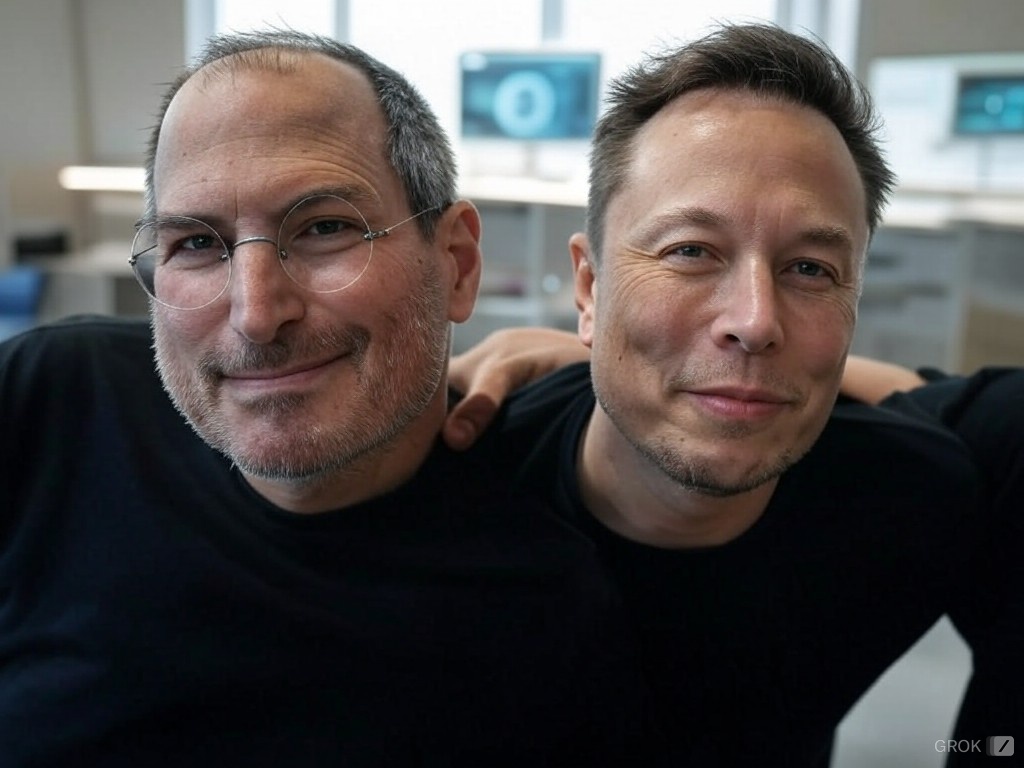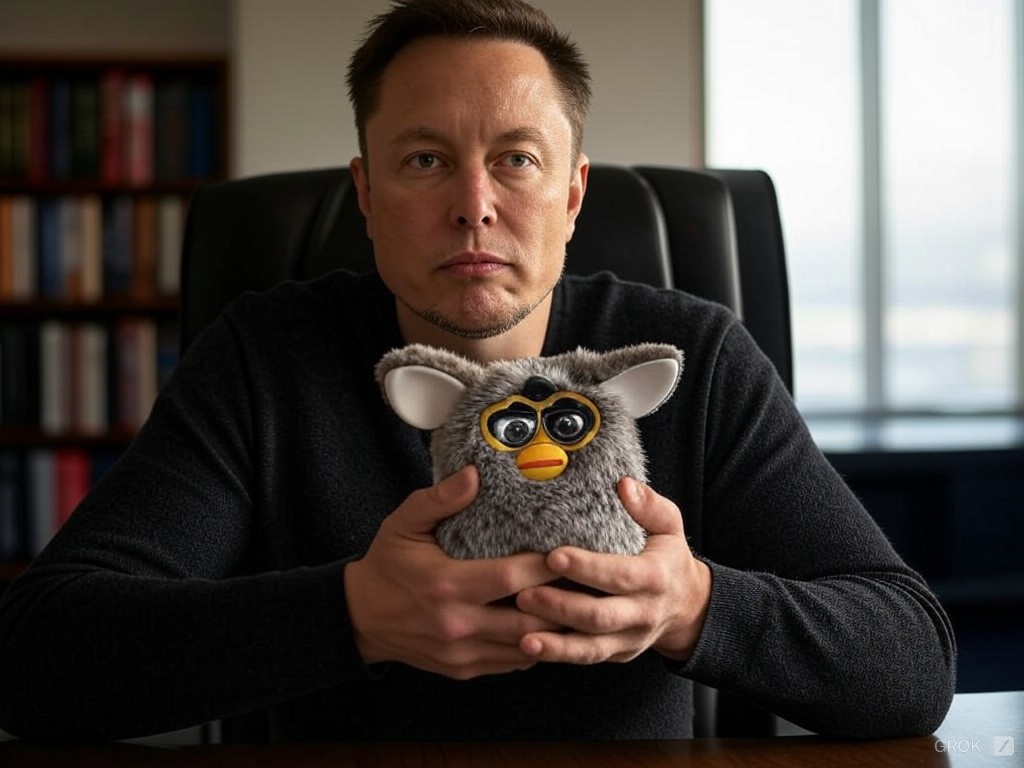3 min read
0
Good idea for BlackBerry to collaborate with Microsoft?
The press release from BlackBerry Limited announces a collaboration between QNX, a division of BlackBerry, and Microsoft aimed at accelerating the development of Software-Defined Vehicles (SDVs). The historical track record of Microsoft’s partnerships, particularly with IBM during the OS/2 venture, has been fraught with Microsoft’s reputation for the “EEE” strategy — Embrace, Extend, Extinguish. IBM and OS/2: Microsoft initially collaborated with IBM on OS/2 but then shifted focus to Windows, leveraging IBM’s resources while ultimately undermining OS/2’s market position. This is a classic example of the EEE strategy where Microsoft embraced the project, extended it with their own features and direction, only to eventually extinguish it by promoting Windows. Other Antitrust Issues and Collaborations: Netscape vs. Internet Explorer: Microsoft bundled IE with Windows, effectively using their OS dominance…








